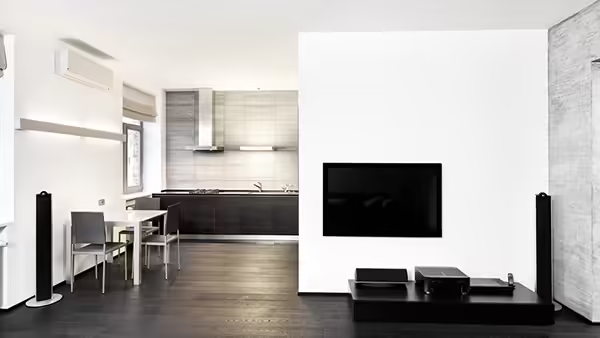
Table of Contents
Flickering LED lights can be frustrating and indicate underlying electrical issues. Identifying common causes and applying the right solutions can restore stable illumination and ensure electrical safety.
Loose Connections
One of the most common reasons for flickering LED lights is loose connections. Over time, the wiring in your home can become loose or corroded, leading to intermittent electrical contact. This can cause your lights to flicker or even fail entirely. It’s essential to ensure that all electrical connections are secure and free from corrosion. If you’re not comfortable inspecting and tightening electrical connections yourself, it’s best to hire a qualified electrician to do the job safely and effectively. Addressing loose connections can not only resolve flickering lights but also prevent potential fire hazards.
Incompatible Dimmers
When selecting light dimmers for LED lights, ensuring compatibility is key. With many suppliers available, finding the right match can be tricky. To avoid issues, ask the seller for a validated driver and dimmer combination instead of buying separately. This ensures seamless performance. Also, request a demo video from the seller to visually assess the compatibility and functionality before making a decision.
Surge Current
Do your LED lights start flickering when you fire up high-voltage appliances like electric stoves, air conditioners, heaters, or washers?
These strange occurrences with your LED lights can be attributed to surge current – the initial surge of energy that rushes through appliances when they’re powered on. This surge often results in a momentary dip in voltage.
If your LED lights happen to share a circuit with these energy-intensive appliances, they might flicker or dim due to the sudden spike in electricity demand. Even though LED lights are notably more energy-efficient than halogen lights, a mere 20% difference in current flow can send them into an on-and-off frenzy.
To address this issue effectively, it’s wise to consider the surge current resistance parameter when selecting LED drivers or power supplies. Opting for drivers with higher surge current resistance can help mitigate the impact of sudden power surges, ensuring stable performance for your LED lights.
Furthermore, it’s essential to ensure that appliances with high power requirements are connected to dedicated circuits. By doing so, you’ll ensure a consistent flow of electricity to each device, sparing your LED lights from any performance hiccups.

